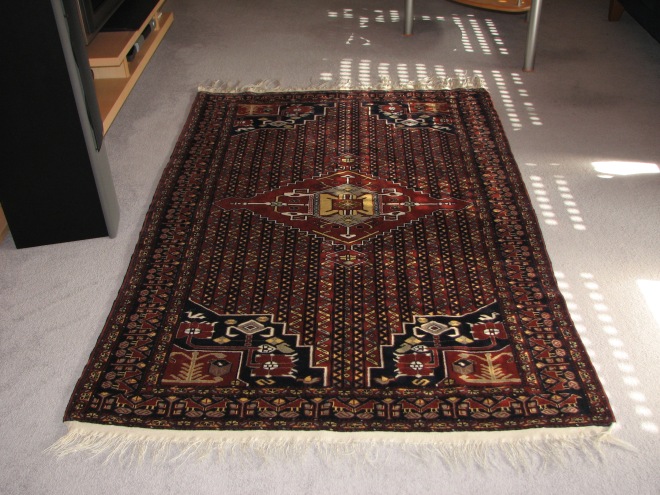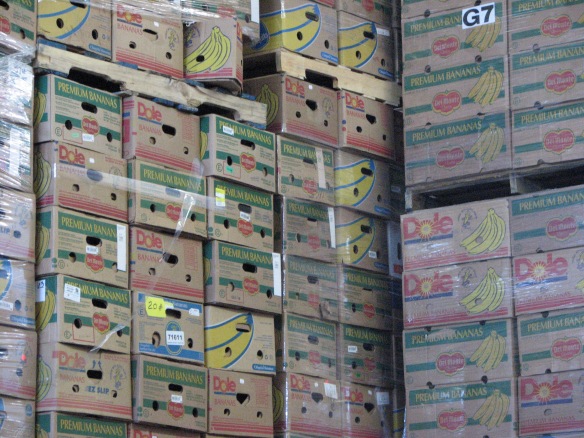
This post is an important one.
We all have those special friends who make the world a brighter and better place. I first met Terri Bartell-Cafazzo way back in the 1970s when we were both college students. She’s always had boundless enthusiasm and a lot of energy. We’ve stayed in contact through all the years since, mostly with irregular emails and the annual Christmas card wrap-up. Along with treks and kayaking, teaching yoga and Zumba, Terri’s last Xmas letter mentioned that she cooks for a local women’s shelter in Prescott, Arizona.
On my last visit to the USA I was stunned by the tents and tents and tents and tents of the homeless EVERYWHERE I went on that trip. Programs to assist the needy had been gutted. And this doesn’t include the women trapped with their abusers thanks to COVID, or the job options they’d lost in the lockdown. I was beyond appalled. Clearly, people are suffering.
Then I remembered Terri’s letter. I asked if she’d let me interview her about the work she does at the shelter. She agreed, and I hope my readers will feel as inspired as I am by Terri’s work. We should try to be part of the solution.
What led you to cook for a shelter? I was introduced to providing meals for the local Women’s Shelter over a decade ago when the Prescott Unitarian Fellowship needed volunteers for their commitment to provide a dinner one day per month.
Providing a warm healthy dinner for women and children in need was a huge draw as I love to cook. I believe ‘you are what you eat’ so bringing heartfelt prepared food for individuals needing a sense of comfort in their life is exactly where I want to contribute to my community.
My continued involvement comes from a deep reward in the demonstrated appreciation from the residents of the shelter. I feel these women and children benefit in experiencing our contributions as positive role models in how community extends help to those who need it. That in itself is a strength which helps build the inner attributes needed to create a solid foundation in their lives.
How did you learn about the position? After becoming a round robin shelter meal volunteer through the Prescott Unitarian Church, it came to my attention that there were other days in the month when they had no coverage on a regular basis. I left the occasional Unitarian monthly date and became available for those holes in the meal schedule. I’m contacted at the end of the previous month about the dates and sign up for those that work in my schedule.
How great is the need for Women’s Shelters in your area? The need is great. We’re the only one of this kind providing temporary and emergency shelter in about a 100+ mile radius. First, women must apply. Once admitted to the program they’re given temporary overnight accommodations (4:00 pm-8:00 am) for 90 days with warm meals. They receive life skills resource case management to help them transition into a more permanent setting.
Did your interest tie in any way to the awful increase in homelessness in the USA? The increase in homelessness has grown. This shelter is a wonderful leg up to help women and their families move into a better lifestyle. Helping make our local communities a better place to live is the seed that it takes to grow a greater world. It starts in our own backyards.
In Prescott, many of these women and their children find themselves on the street or living in their cars for various reasons: lack of funds or job, physical &/or mental health issues, unforeseen life changes, domestic challenges, etc.
How many women can the shelter support? The shelter has a dormitory with cots and bunk beds including bedding for 19. Also, they have an annex for women who have young boys 12 years old or older. This organization opened February 2009, serving over 3,000 women and children, providing more than 105,000 bednights with an 81% transition rate to permanent homes.
Is the shelter funded privately or through donations? The Prescott Women’s Shelter is a non-profit backed by United Way, and many significant corporate and private donors with countless individual/local charitable contributors. Local realtors have stepped up to assist in helping find affordable housing for the women in the program.
Who owns the property? I’m not sure how the property is held in title. It has an active Board of Directors with an amazing committed paid and volunteer staff. It’s in a well-kept residential home that has been greatly remodeled to meet the needs of a shelter. During COVID, a variety of landlords donated the use of their rental homes to help create necessary separation while the shelter’s organization continued to serve our women and children. During that time, as Meal Providers we brought sealed store-prepared foods at a greater expense, dropped them off on the doorstep, and left after ringing the doorbell to alert the women the meals had arrived.
Do you have to work in secrecy? Women’s shelters are often at undisclosed addresses to protect women from their abusers. Discretion is key but there is a Facebook page and website with its location and services. It takes a cast of 1,000 to make this place happen on a daily basis so it is no secret. Men aren’t allowed in the facility without special clearance. Security measures are in place.
How often do you cook for them? I fill in the dinner schedule anywhere from 1-3x per month. Menus are affordable, balanced, and baked/presented in something recyclable/disposable so we don’t have to chase after our kitchen ware. We prepare food in our personal kitchens; this gives us the liberty of designing a menu, shopping and purchasing out of our own pocket for 20+ people. Meals are delivered by 5:30 pm that day. Since they don’t have onsite cooking facilities for liability reasons, everything has to be brought through the door ready-to-serve. We are considered an invaluable large portion of their services.
What do you cook? I try to share a main entree, salad, fruit, and dessert. Italian and Mexican cuisines seem to be what many Meal Providers bring. I like to mix it up in the summer with hoagie sandwiches, chips, pickles, coleslaw, jugs of apple juice, a clearance sheet cake from the bakery and watermelon when they are in season. Let’s not forget Swedish meatballs/pasta, Hungarian goulash, and sweet-n-sour Chinese stir-fry/rice. For a fun Saturday party splurge, I’ll make chili cheese fries with everything on them!! Watch out for the holidays as I like to add special napkins and seasonal favors. My list goes on…
How is the food donated? At times, friends have handed me a grocery gift card they won in a raffle. I’ve been gifted a giant bag of extra veggies from someone’s freezer. After a big potluck, people load me up with food to share with the shelter. I talked Walmart into gifting a sliced ham one year when I was in charge of Easter Dinner at the shelter!
Is your work connected in any way to a food bank? Most Meal Providers come from churches and philanthropic organizations. They bring meals from their own cupboards. Storage is paramount for my contributions. I have an extra refrigerator/freezer and shelf unit for can/dry goods in my garage that I’ve devoted just for the shelter meals. I purchase when I can get the best deals or buy something on clearance. It’s so worth it seeing the transparent looks of awe on so many of their troubled faces when these great smells and volumes of food come pouring onto the big community table. It noticeably makes their day a little brighter. You’re showered in songs of sincere ‘thank-you’ and ‘bless you’ as you leave through the door.
I can’t think of a better way to spend part of my time in retirement.
NOTES: ©2023 Jadi Campbell. There are 3 ways readers can contribute to the Prescott Shelter.
Online: https://prescottshelters.org/
Phone: 928-778-5933
Mail: Prescott Area Shelter Services
336 N. Rush St.
Prescott, AZ 86301
PS:Terri also taught classes at Yavapai College. She was recently honored at a catered gala for her 15 years of service!
Click here to read my post Food Bank about Food For Lane County [FFLC] in Eugene, Oregon.
My books are Broken In: A Novel in Stories, Tsunami Cowboys, The Trail Back Out and Grounded.
Click here for my author page to learn more about me and purchase my books.









